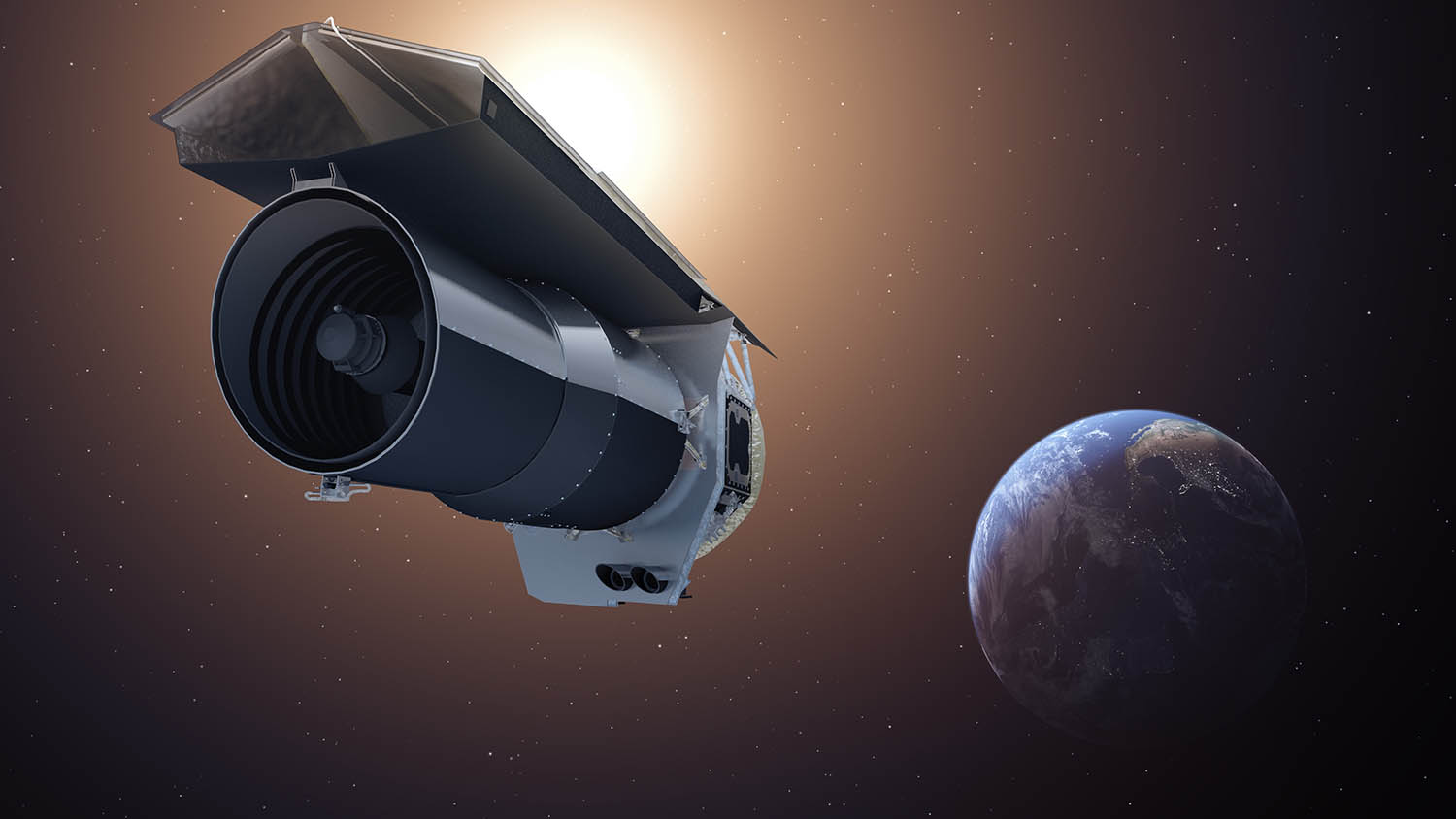
In just a few days from now, one of NASA’s greatest space telescope missions will come to an end. The Spitzer Space Telescope will cease operations on Jan. 30, 2020, after 16 years in service. The news was announced during a special live program on Jan. 22, 2020, to celebrate the achievements of the long-running mission.
Spitzer helped to revolutionize our knowledge about the universe in a rather unique way. It studied objects both near and far in infrared light, revealing details that the human eye and many other telescopes can’t see.
“Spitzer taught us how important infrared light is to understanding our universe, both in our own cosmic neighborhood and as far away as the most distant galaxies,” said Paul Hertz, director of astrophysics at NASA Headquarters. “The advances we make across many areas in astrophysics in the future will be because of Spitzer’s extraordinary legacy.”
Why infrared light? Infrared wavelengths can show features that can’t be seen in regular visible light. This is particularly good for cold objects that don’t emit much visible light. Stars may be hot, but there are many other objects in space that are much cooler or freezing cold. This could include exoplanets, brown dwarfs and other cold matter between stars.
As NASA described it, Spitzer was designed to study “the cold, the old and the dusty.”
In the cold category, Spitzer examined interstellar dust, which is common in the vast spaces between stars. This dust can combine with gas to form stars, but when it is just dust, it is cold and difficult to analyze. Spitzer used spectroscopy to study some of this dust and learn more about how it can condense to form new stars.
Spitzer also detected small, previously unknown asteroids and analyzed the dust around Comet Tempel 1, which was kicked up into space after another NASA mission, Deep Impact, deliberately slammed a projectile into the comet’s surface. By doing this, both the spacecraft and telescopes could study the resulting dust cloud and learn more about its composition.
Spitzer even discovered a previously unknown ring around Saturn. This ring is composed of tiny, cold dust particles that can’t be seen with visible light telescopes.
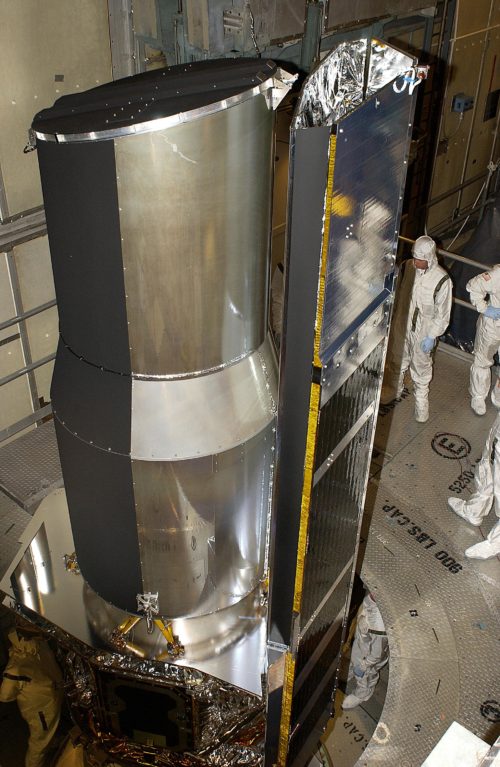
“It’s quite amazing when you lay out everything that Spitzer has done in its lifetime, from detecting asteroids in our solar system no larger than a stretch limousine to learning about some of the most distant galaxies we know of,” said Michael Werner, Spitzer’s project scientist.
One of the most exciting parts of Spitzer’s mission, although not its primary task, was searching for and studying exoplanets, planets that orbit other stars. It did this by using the transit method, observing a planet as it transits in front of its star, as seen from Earth.
Spitzer was involved in the study of one of the most fascinating planetary systems found so far, TRAPPIST-1, which is 40 light-years (235 trillion miles) away, in the constellation Aquarius. There are seven known planets in that system, all of them nearly the same size as Earth. Spitzer confirmed two of them (previously detected) and then discovered five more. TRAPPIST-1 has the most Earth-sized worlds of any planetary system found so far.
“This discovery could be a significant piece in the puzzle of finding habitable environments, places that are conducive to life,” said Thomas Zurbuchen, associate administrator of the agency’s Science Mission Directorate in Washington. “Answering the question ‘are we alone’ is a top science priority and finding so many planets like these for the first time in the habitable zone is a remarkable step forward toward that goal.”
Spitzer was also unique in its planet-hunting capabilities in a couple other ways as well. It was one of the first telescopes to detect the light coming directly from an exoplanet and was the first to detect molecules in the atmosphere of an exoplanet. It also took the first measurements of temperature variations and wind in the atmosphere of an exoplanet.
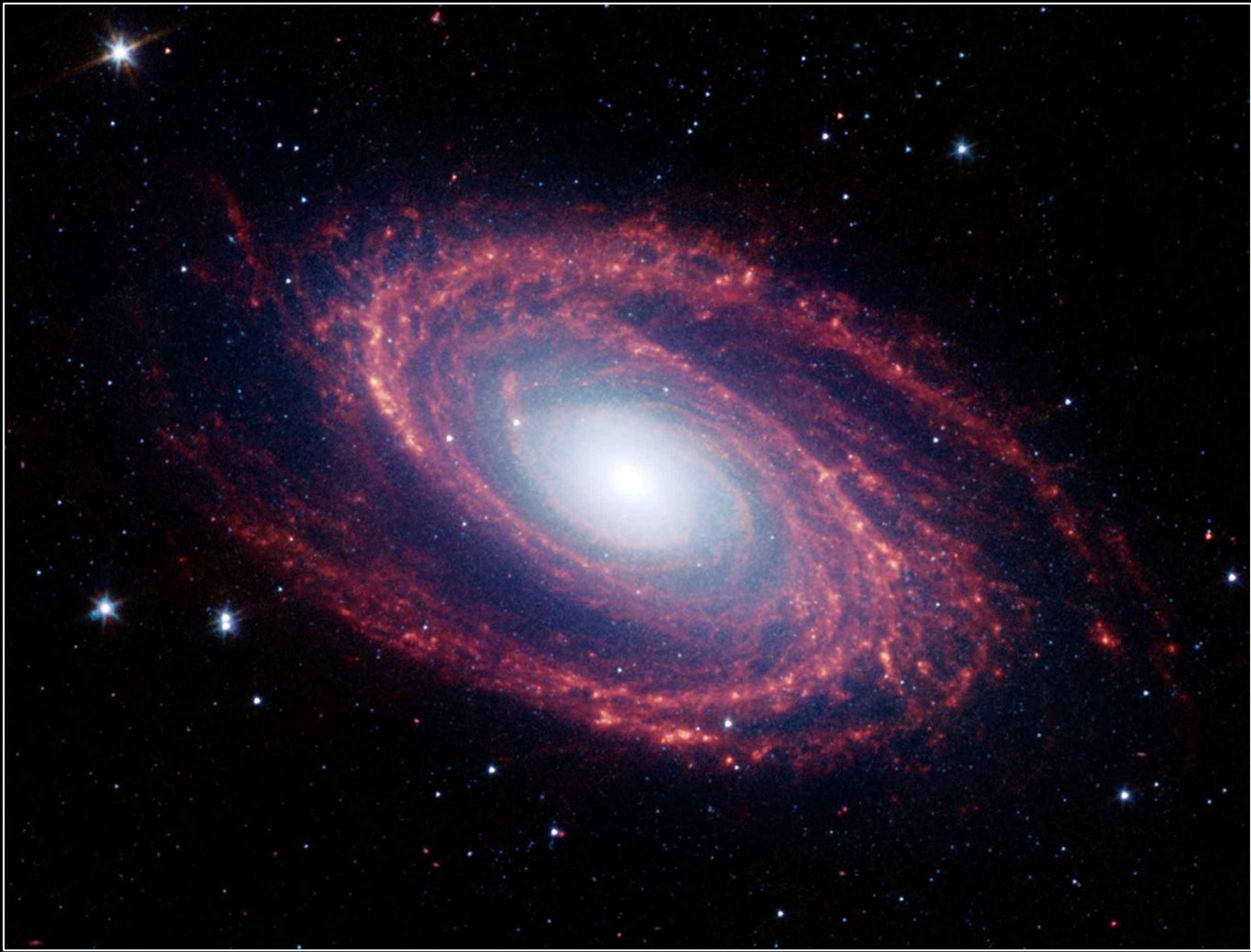
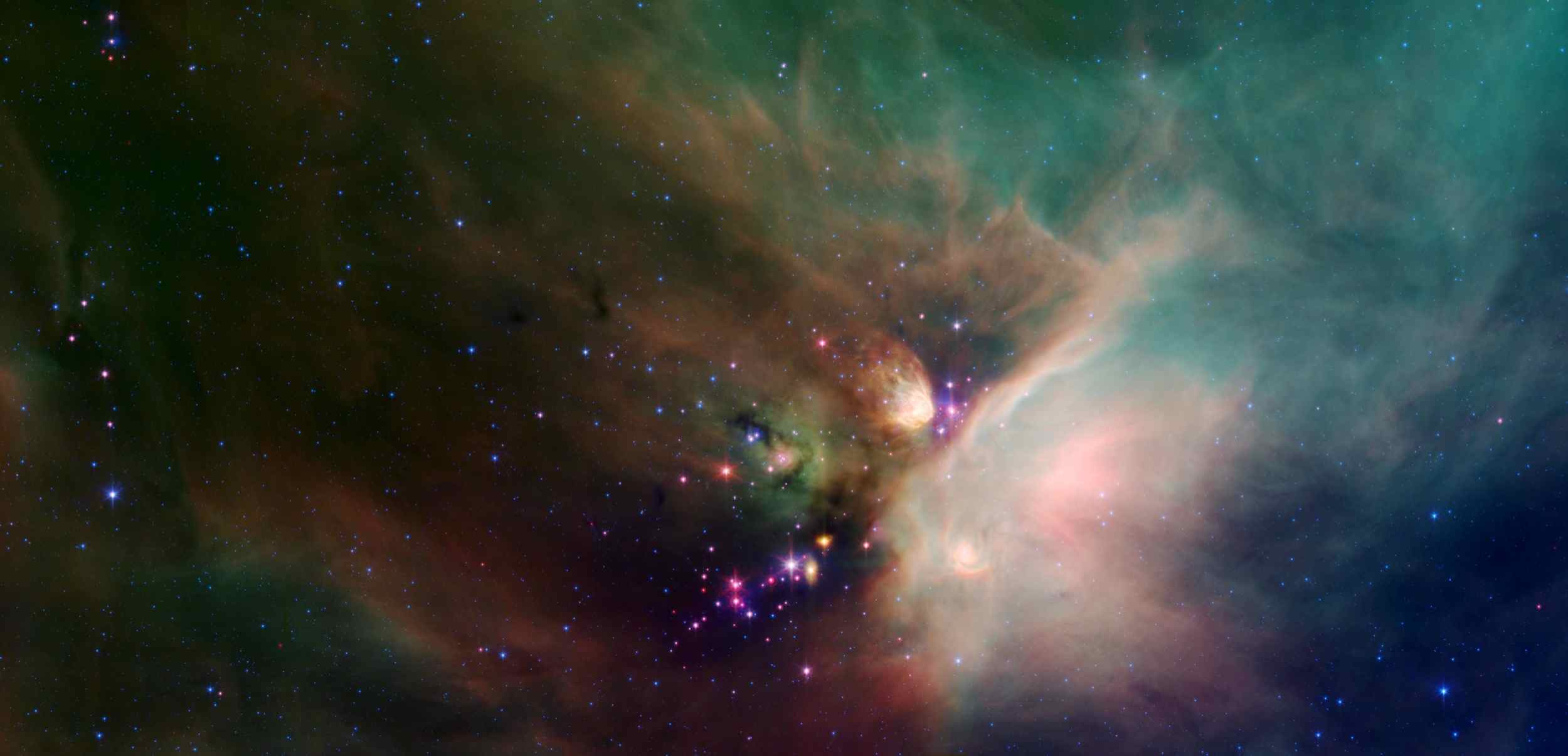
“When Spitzer was being designed, scientists had not yet found a single transiting exoplanet, and by the time Spitzer launched, we still knew about only a handful,” said Sean Carey, manager of the Spitzer Science Center at IPAC at Caltech in Pasadena, California. “The fact that Spitzer became such a powerful exoplanet tool, when that wasn’t something the original planners could have possibly prepared for, is really profound. And we generated some results that absolutely knocked our socks off.”
Spitzer may have studied some literally cool objects, but the telescope itself also needed to be kept cool. It was the first space telescope to be placed in an Earth-trailing orbit. That way, heat and infrared radiation from Earth itself wouldn’t interfere with Spitzer’s detectors.
The spacecraft itself operated at temperatures as low as minus 450 degrees Fahrenheit (minus 267 degrees Celsius) during its “cold mission,” which ended in 2009. But even after that, it was able to remain cool enough, about minus 408 degrees Fahrenheit (minus 244 degrees Celsius). The new “warm mission” lasted more than twice as long as the cold mission, up until the end of the mission itself.
“It wasn’t in the plan to have Spitzer operating so far away from Earth, so the team has had to adapt year after year to keep the spacecraft operating,” said Joseph Hunt, Spitzer project manager. “But I think overcoming that challenge has given people a great sense of pride in the mission. This mission stays with you.”
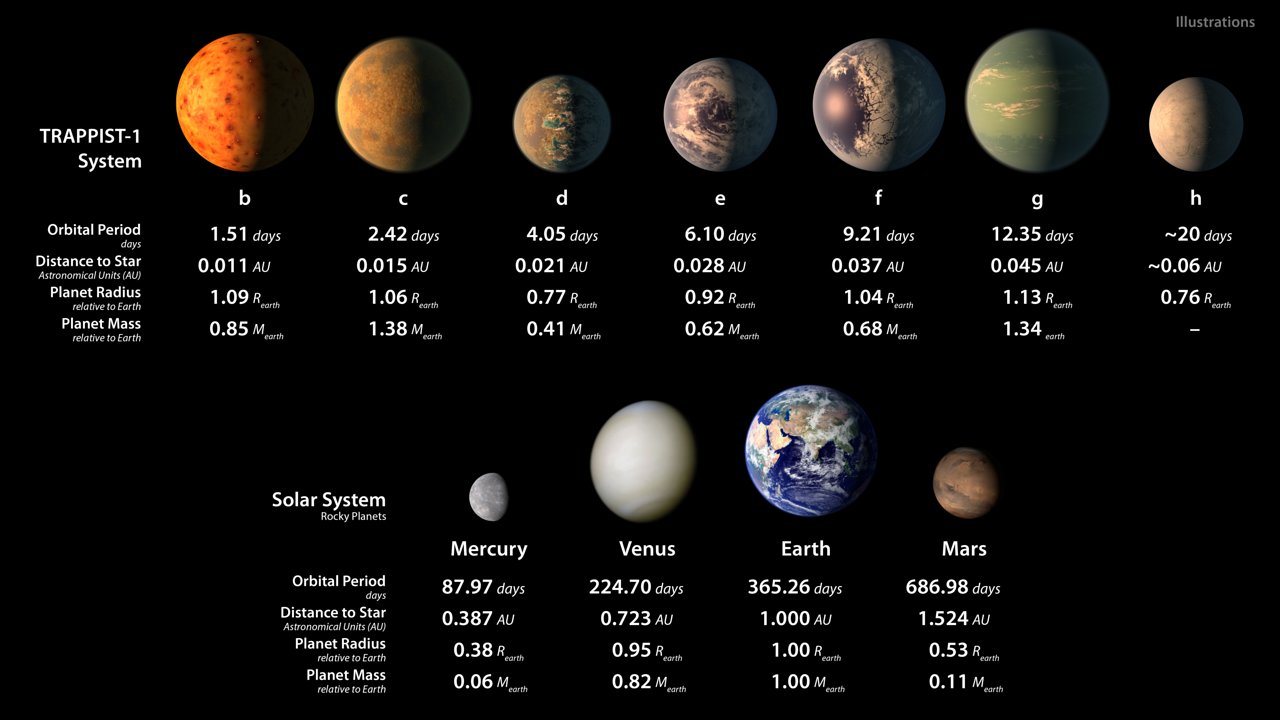
Spitzer will be officially decommissioned on Jan. 30, 2020. The mission had five extensions after the primary mission ended.
Spitzer, and other missions such as Kepler, which ended last year, have helped pave the way for the next generation of space telescopes, like the James Webb Space Telescope, due to be launched in 2021. Observatories like Webb will be able to, among many other things, analyze the atmospheres of exoplanets for possible biomarkers – gases that could be signs of life.
Spitzer leaves behind a true legacy, one that has helped scientists discover and better understand the mysteries of our universe.
Spitzer was one of NASA’s four Great Observatories, including the Hubble Space Telescope, the Compton Gamma Ray Observatory and the Chandra X-ray Obervatory. It was launched from the Cape Canaveral Air Force Station on Aug. 25, 2003.
More information about Spitzer is available on the mission website.
.
FOLLOW AmericaSpace on Facebook and Twitter!
.




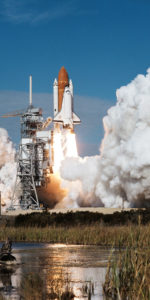
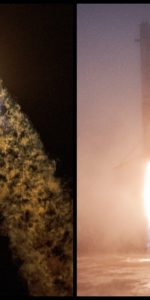
Thank you for sharing. It is easy to understand your article. This post helps me understand more about the Spitzer Space Telescope.